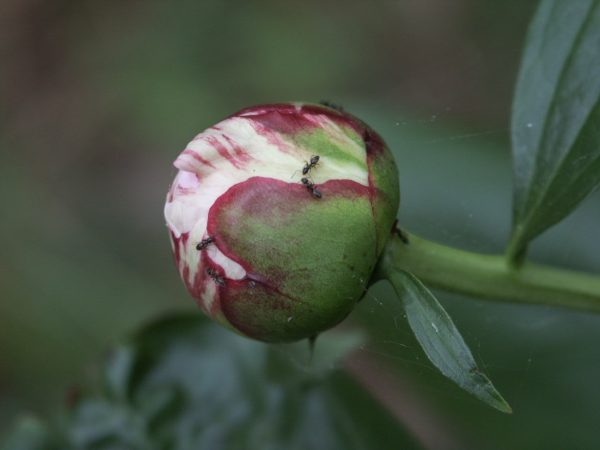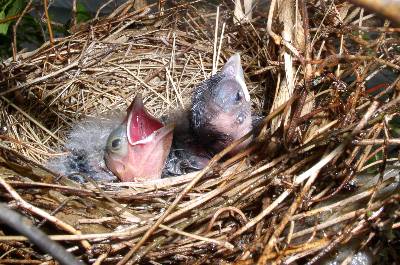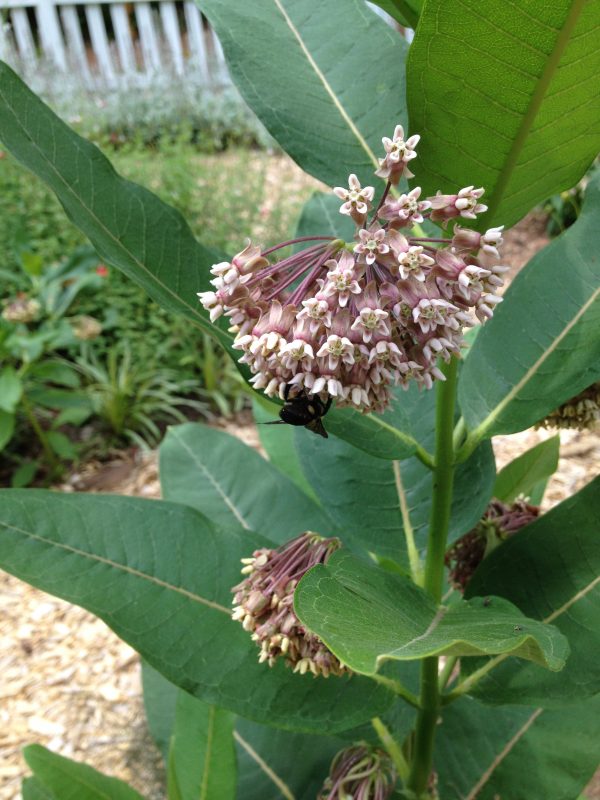Plants – Failure to Bloom
Few things are as frustrating as having a plant that is known for its beautiful flowers fail to bloom. Worse yet is when your neighbors’ plants are in full flower while identical ones in your landscape sullenly produce only foliage.
Several hydrangea fanciers have plaintively wondered to me why their plants are covered in greenery without producing a single flower. Crape myrtle gardeners notice that “My friend’s plant is blooming like crazy and I don’t have a one!” In spring, folks see the copious lavender blooms of wisteria next to the Interstate and wonder why their’s doesn’t do the same.
I can think of five reasons why a healthy plant wouldn’t bloom. If that is your problem, ponder if any of the following could be the reason.
PRUNING Plants usually have a specific type of branch on which flowers occur. Crape myrtles flower on new wood: the branches that have grown since spring. Bigleaf hydrangeas bloom on old wood: branches that grew the previous fall. If a bigleaf hydrangea is pruned in fall, winter or early spring it won’t bloom in June because the branches that produce blooms were removed prematurely. Even so, many bigleaf hydrangea shrubs will bloom sporadically in October, using branches that grew in spring and became “old” during the summer.
AGE A few years ago I measured my son and his friend Mayson. Grey, eleven years old, had grown an inch in four months. Mayson, thirteen, had sprouted up four inches in the same time. Parents know that kids between the ages of ten and sixteen have rapid growth spurts.
They are not yet fully sexually mature but their bodies are growing like weeds. Wisteria, crapemyrtle, magnolia and many other plants do the same. Until a plant is mature and well-established, it will be barren in spring.
Magnolias are famous for being reluctant bloomers. A wait of ten years is normal. ‘Little Gem’ magnolia is a smaller form but it begins blooming just a year after planting.
Figs are well-known to have rampant juvenile growth before they slow down enough to produce a crop. For this reason I often advise pruning a fig “along and along” during the year, never forcing the shrub back into juvenile growth. Other fruits, like apple, pear and peach, often take four years to begin producing.
WINTER INJURY Remember a few years ago when we had no annual rose show or hydrangea festival? Three weeks of warm weather in March was followed by a bone-chilling nineteen degree night. Flower buds on unprotected roses and hydrangeas were frozen. The plants grew normally in spring but not a bloom was produced.
Members of the peach, plum and apricot family are prone to quick swelling of their flower buds when warm temperatures come in early spring. If a quick freeze strikes, no fruit will be returned.
NUTRITION With all the fertilizer products that promise “bigger, more beautiful blooms” it would be nice if one actually worked. In fact, poor nutrition can contribute to a failure to flower but blooms won’t be forced merely by fertilization. Phosphorus, in particular, is used to store energy in flowers, seeds and roots. If your soil is deficient in phosphorus, a high phosphorus fertilizer might help but it won’t “make” the plant bloom.
LIGHT All plants need an appropriate amount of light in order to bloom. Crape myrtles that have gradually become shaded by a nearby tree will gradually reduce their bloom output. Bulbs growing in a shady plot may bloom only every other year because it takes that long to accumulate the necessary light energy.
Six weeks from now, poinsettia producers will begin darkening their greenhouses at dusk and excluding light for fourteen hours. They will uncover the plants for ten hours, then cover them again for fourteen for the next five weeks. The process causes poinsettia to form tiny yellow flowers, which in turn cause colored bracts to grow at the ends of branches.
Poinsettia is a “short day” plant. So are chrysanthemum, gardenia and many houseplants. They bloom only when given bright light followed by a long period of darkness. “Long day” plants like rose-of-Sharon, abelia, coneflower and moonvine require long hours of sunshine followed by a relatively short night.
The bottom line is that plants bloom when they are happy. Given the proper environment and good nutrition, your plants will bloom normally. If any of the above conditions are out of kilter, the plant will bloom sparsely, sporadically or not at all.
You may not be able to make your non-blooming plant happy immediately but if you pay attention to its needs, you’ll eventually be rewarded with blooms.
For more information, visit these links from other state Extension offices:













